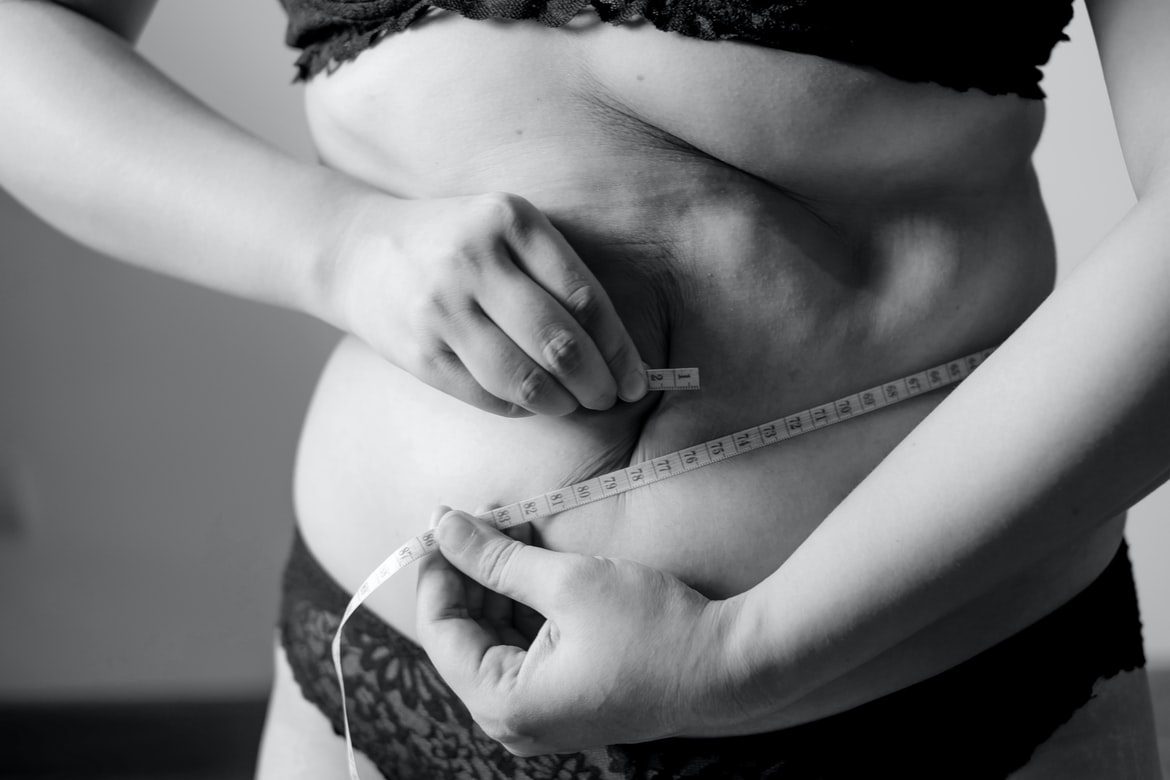Many people struggle with extra fat that just won’t go away, even despite traditional measures like dieting and exercise. This fat usually clings to specific areas of your body like the hips, back, stomach, and thighs.
Luckily, there’s a solution. Liposuction is a surgical procedure that removes extra fat cells in targeted areas of your body. The procedure contours and shapes your figure while permanently getting rid of the excess fat for long-lasting results.
Who’s a Good Candidate for Liposuction?
This popular cosmetic surgery option is not suitable for everyone. Ideal candidates for this procedure have healthy skin elasticity and good muscle tone. Smokers are not eligible for this procedure. Candidates should also be in good physical condition and maintain a healthy lifestyle.
Patients should avoid liposuction if they are overweight or obese, have a history of diabetes or heart disease, suffer from immune-related disorders, smoke, or have saggy skin.
Understanding Stubborn Fat
Stubborn fat is physiologically different from other fat in your body, and sometimes hormones can have something to do with these unyielding fat deposits. In many cases, it’s impossible to get rid of these trouble spots, even with extreme diet and exercise routines.
It’s also not possible to target specific spots of fat with diet and exercise. For example, even if you work muscles in your stomach, you won’t necessarily burn off the stubborn fat in that area.
On the other hand, liposuction surgery can target specific areas with extra body fat that does not respond to diet and exercise. Your treatment areas will depend on your body goals and how much fat you wish to remove.
Liposuction Treatment Areas
The plastic surgeon will assess your areas of concern during your first consultation and create a treatment plan to contour your body in those areas.
The most common areas for liposuction treatment are:
- Abdomen
- Thighs
- Buttocks
- Hips
- Breasts
- Chin
- Upper arms
These areas tend to accumulate stubborn fat and contribute to a less toned appearance. Liposuction is a great way to permanently remove this stubborn fat and give you a slimmer, more sculpted figure.
Liposuction Procedure
Liposuction surgery can look different depending on the areas being treated. The plastic surgeon will assess your health and evaluate your aesthetic goals to select the best technique for your liposuction procedure. They may also take photos of your treatment areas to compare the before and after images.
Surgery Prep
Before your procedure, the surgeon will ask you what medications you take, including any herbs or supplements. The surgeon may ask you to stop taking certain drugs up to three weeks before your surgery. General surgery preparation is recommended and can include things like quitting smoking, coming in for surgery on an empty stomach, or other precautions.
On the day of the liposuction procedure, your surgeon will make preoperative markings on the areas of your skin where you are getting liposuction. They’ll follow these topographic lines while they operate.
Liposuction Surgery
You can choose to use local anesthesia or general anesthesia for liposuction. Local anesthesia only numbs the area that you are treating. You may receive an IV injection of sedative medication to keep you relaxed and comfortable. If you opt for general anesthesia, you’ll be asleep during the procedure.
Depending on how much fat your doctor will remove, your procedure can last up to several hours. Your surgeon will make incisions around the treatment areas to insert the suction tube. Then the suction tube removes the excess fat cells, effectively contouring your body shape. The exact surgery timeline will depend on what techniques your surgeon uses.
Once the fat cell removal process is complete, your surgeon will close the incisions and perform regular post-operative care.
Surgery Aftercare
Most patients return to normal activity within a few weeks after their liposuction procedure. It may be longer before you can return to exercise and other intense physical activities. It’s always best to discuss the specifics with your surgeon.
Results
After swelling and excess fluid are gone, you will see a trimmer, slimmer shape in the mirror. Your skin generally contours over the treatment areas and conforms to the new shape. Liposuction surgery is effective at permanently removing enlarged fat cells that contribute to a saggy or untoned appearance. With a healthy diet and adequate exercise, these fat cells will not return.
Why It Can’t Cure Obesity
One of the common misconceptions about liposuction is that it can cure obesity by removing extra fat. This is untrue. Liposuction is not a weight loss surgery. Patients should be within 25 to 30 pounds of their goal weight before getting liposuction surgery.
Obesity is a complex disease that involves visceral fat around your organs and important body systems. Having too much visceral fat poses significant health risks for obese patients. Liposuction treats areas of excess subcutaneous fat or fat that settles just underneath your skin. Visceral fat can only be lost with appropriate weight loss measures like diet and exercise.
Remove Excess Fat at Tiner Cosmetics
Do you have stubborn fat that won’t go away no matter how much exercise or calorie-cutting you do? Dr. Christopher Tiner can help. Tiner is a skilled plastic surgeon in Pasadena, California, who specializes in liposuction and body contouring.
If you want to slim down and trim off excess fat from your arms, back, stomach, or other areas, Tiner Cosmetics is the place to go. We will assess your medical history, go over your cosmetic goals, and develop a plan to achieve your desired look.
Book an appointment with Dr. Tiner for your liposuction consultation today!


